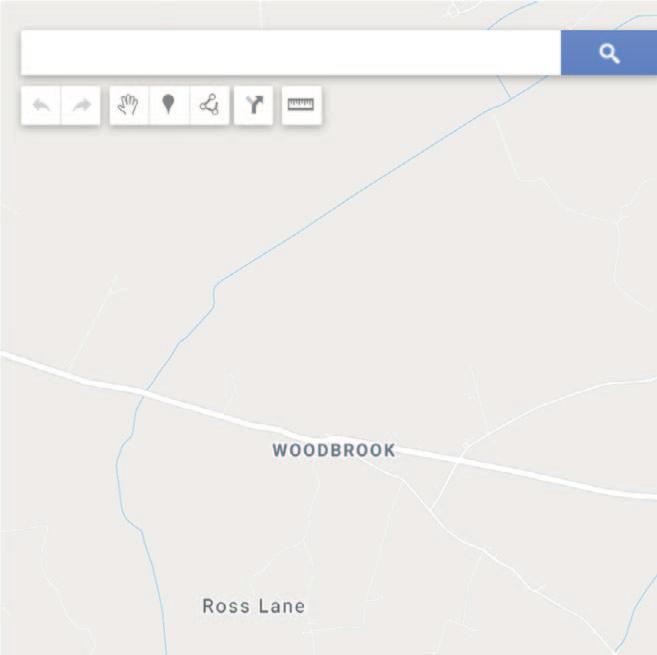CONSTRUCTION IN 2020 THE 10TH ANNUAL GMIT INTERNATIONAL CONSTRUCTION MANAGEMENT CONFERENCE TOOK PLACE IN MARCH, WITH OVER 350 DELEGATES ATTENDING SESSIONS THROUGHOUT THE DAY.
T
he annual conference is the largest construction event in
Better buildings
the West of Ireland and is hosted by the Department of
Johanna Gill, SCSI President and Director at Cushman & Wakefield, gave a
Building and Civil Engineering at Galway-Mayo Institute of Technology
presentation on ‘Building Better Buildings’. Johanna prompted the audience
(GMIT). The conference is sponsored and supported by the Chartered
to engage in higher-level strategic thinking about how the construction and
Institute of Building (CIOB), the SCSI, the Chartered Association of
property industries could work together to provide better buildings.
Building Engineers (CABE), and the Construction Industry Federation
She stated that we are at a turning point and that we need to examine
(CIF).
how we view buildings, streets, cities, etc. Johanna asserted that it is
The event is a fixture in the calendar for academics, contractors,
incumbent on the industry to do this. Her holistic view examined how
architects, engineers, surveyors, and property professionals, as well as
buildings can be made better for occupiers, businesses, the
delegates from the public sector and semi-State organisations. It is also
environment, and landlords/owners. While there is evidence to show that
attended by senior students from GMIT built environment programmes
high-performance buildings cost more to construct, there is very little
and from other colleges around Ireland.
evidence available yet to substantiate the view that they may be worth more. Johanna highlighted the BedZED development in London (a large-
Overview
scale eco village) and The Edge development in Amsterdam to
John O’Regan, Director, Head of Buildings and Places, AECOM Ireland,
demonstrate what could be achieved in terms of high-performance
gave an overview of the construction sector, comparing output before
buildings. She stated that in the short to medium term, the emphasis is
the economic collapse in 2006 (€35 billion) to a post-collapse figure
going to be on a brown discount on property values as opposed to a
in 2011 (€10 billion). Since then there has been consistent growth year
green premium, but that this will change as more emphasis is placed
on year.
on ‘green issues’ as part of the property funding process.
The forecast is for continued growth of 10% this year (2020) to a projected €25 billion. John noted that there would be some significant
Well-being
changes to the approach the industry must take in the years to come:
Jayne Hall, Senior Vice-President of the Chartered Association of
n energy – renewable energy will be the norm;
Building Engineers and Built Environment Enforcement Officer at South
n transport – electric shared autonomy and more employees walking,
Gloucestershire Council in the UK, addressed the audience on the very
cycling and running to and from work; n water – critical infrastructure will have provision of water as a central theme;
pertinent topic of ‘Well-Being and Mental Health in the Construction Sector’. Mental health in the construction industry is a very serious, and sometimes fatal, issue. UK Health and Safety Executive figures indicate
n buildings – carbon/low energy used in building operations;
that 20% of all cases of ill health in the UK construction sector are due
n cities will be the focus – denser living being part of this; and,
to work-related stress, depression and anxiety, and that over 400,000
n investor funds – more climate-focused investment decisions being
workdays are lost each year due to this. A startling statistic delivered by
taken.
28
SURVEYORS JOURNAL Volume 10, Issue 1, Spring 2020
Jayne is that the suicide rate for construction labourers is three times















